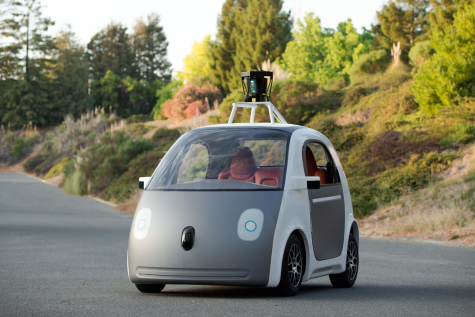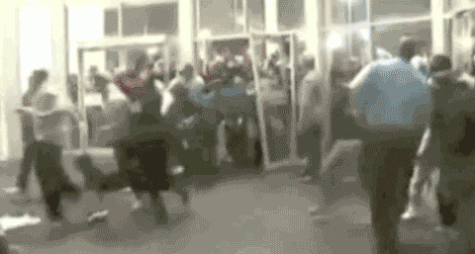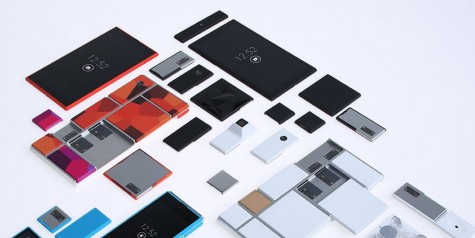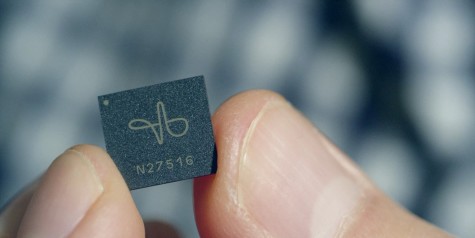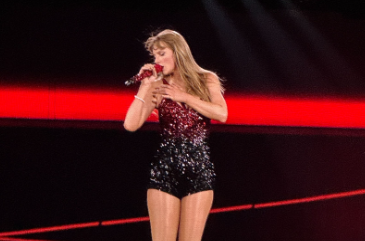The Internet of Things
 Imagine you wake up one morning, and things are just slightly different. The heart-rate sensor on your smartwatch realizes you have risen and sends a few signals bouncing around your house.
Imagine you wake up one morning, and things are just slightly different. The heart-rate sensor on your smartwatch realizes you have risen and sends a few signals bouncing around your house.
Suddenly the world is in motion around you. Starting in your bedroom, the blinds roll lazily upwards into themselves, letting in a few shimmering rays of light. In the bathroom, your shower kicks to life, a gentle cascade of warm water spilling downwards as you step inside. In your kitchen, your choice of tea or coffee gets to work, setting itself to boil so that by the time you’re out the door it’s cooled to the optimal sipping temperature. On your way to your car, you hear the engine roar to life and the doors swing open welcomingly. It’s just scanned the radio and found your favorite song on one of the stations, and you think to yourself, “today is going to be a good day.”
This may sound like a work of fiction, but everything I’ve listed here is doable today. And it’s all made possible by the “Internet of Things.” While you probably just thought, “that is the dumbest name for a piece of technology I’ve ever heard,” and here I probably agree with you, the concepts it brings to the table are nearly magical.
The Internet of Things, put simply, is the idea of an automatic future. Through the use of sensors and radios, and the seemingly necessary addition of the “smart” prefix, devices will be free to communicate amongst themselves. You won’t have to nitpick over the monotonous little burdens of everyday life, but push off these dull responsibilities onto your shiny new gadgets.
Your new fridge will sense when the milk has gone bad and send you a notification the next time you’re at the store. The next thermostat you buy will have an app. The fact that car you’ve been looking at doesn’t have Bluetooth is suddenly a deal breaker, and the necessity that everything needs to be connected will finally dawn on you.
It started with the smartphone, and now it’s moving onto our wrists. The Internet of Things has been developing under our noses for years. In Silicon Valley it’s become the next buzzword, and today it almost seems like a guaranteed preview at our future. Cisco Networking, responsible for all of those cables you love taking up space by your router and the big data centers they lead to, estimates that in just five years time the amount of devices on the Internet will double, from 25 billion to 50. In 2011, it was estimated that there were 360,000 births around the globe daily; in 2013, there were 1.5 million Android phones activated every day. That’s over four times as many cellphones than births. These numbers only grow from year to year, and looking ahead, it’s clear that soon we’ll be outnumbered by our gadgets several to one.
The world this creates will be a new one, just as distant to us now as we are from ‘90s-era dial-up, but hopefully an exciting one. The Internet of Things is meant to take care of all of the busy work, all the meaningless little actions that take up our time. Soon, we’ll have more time to create, to talk to each other, to live life and most importantly of all: to binge watch Netflix.


